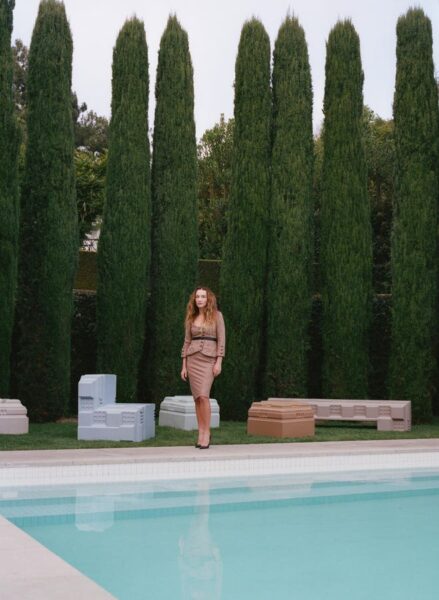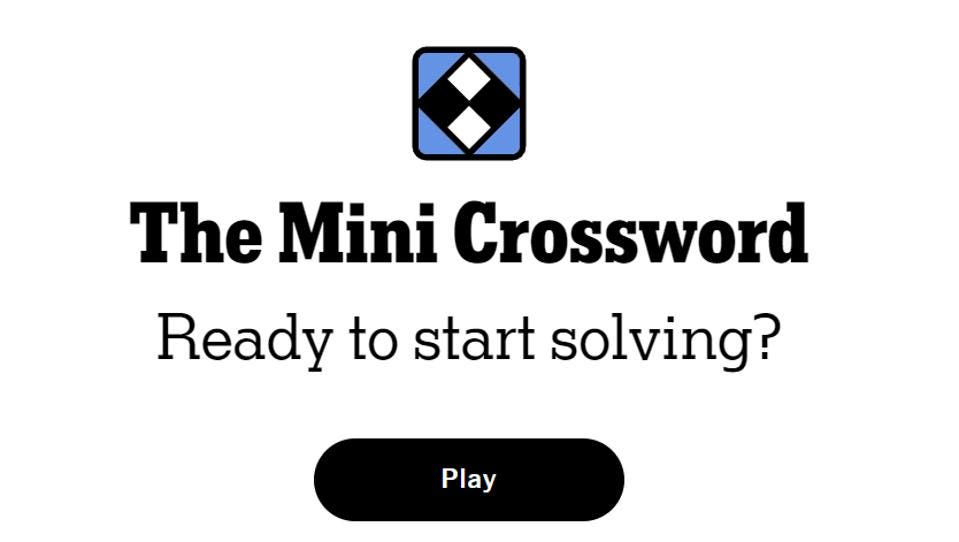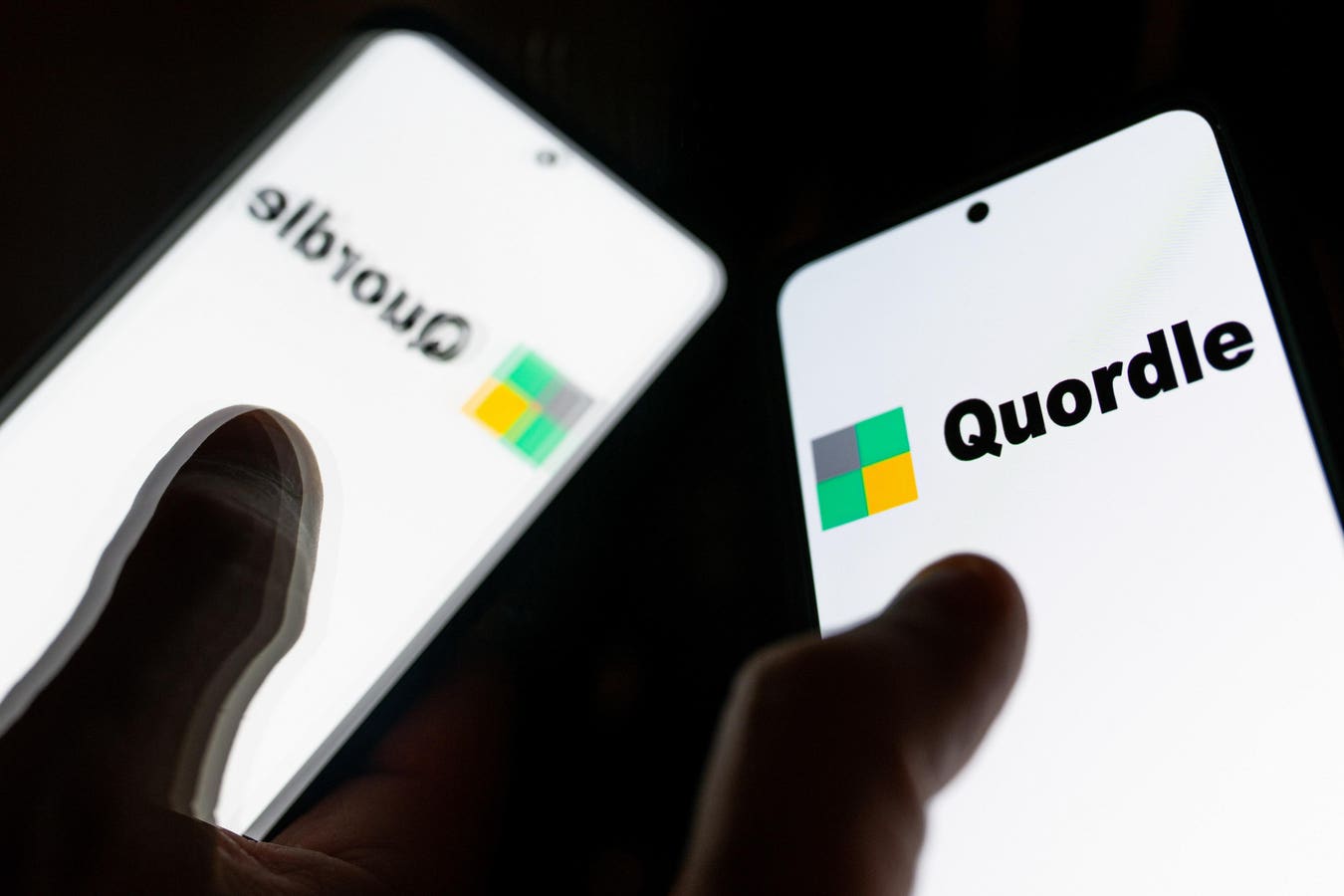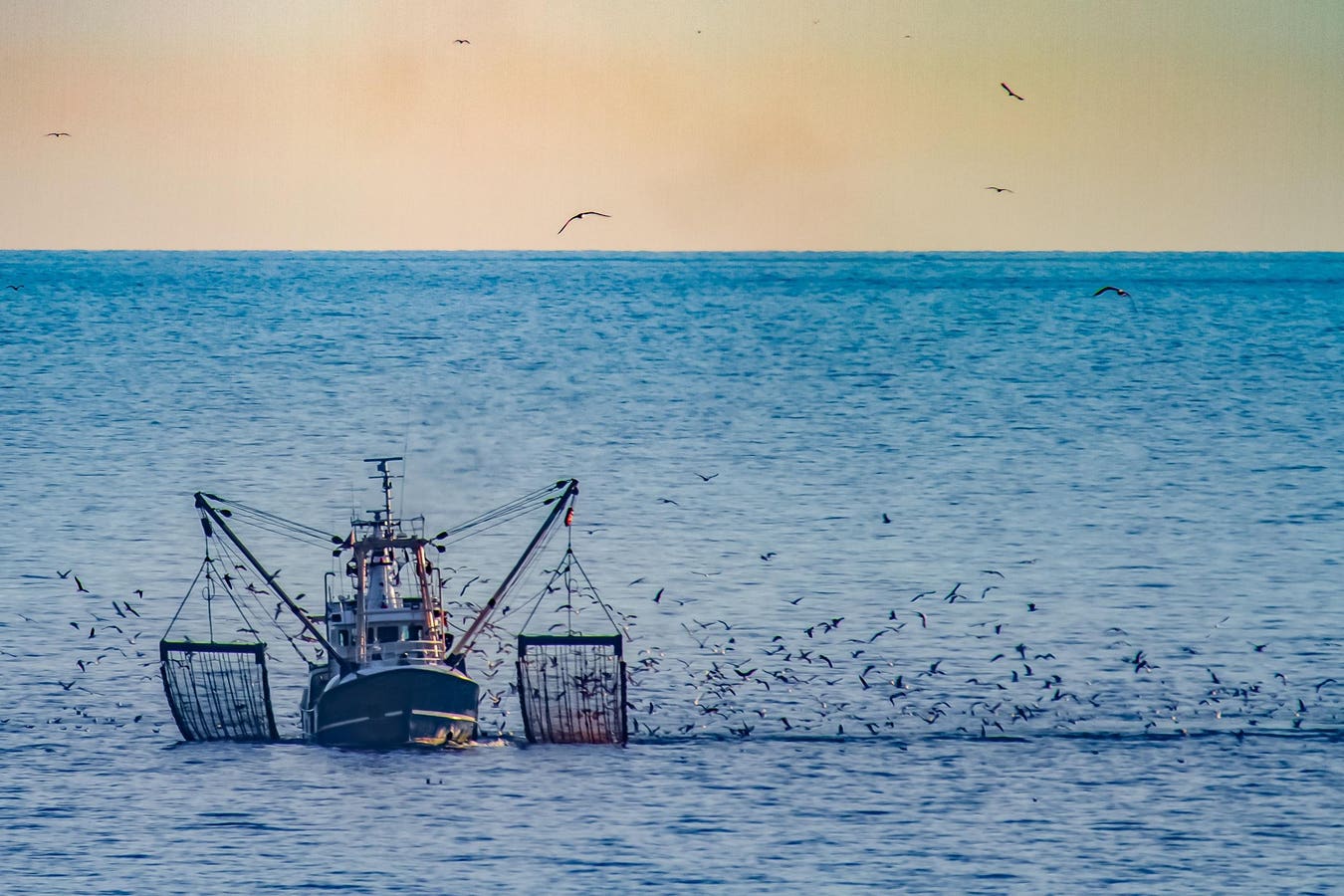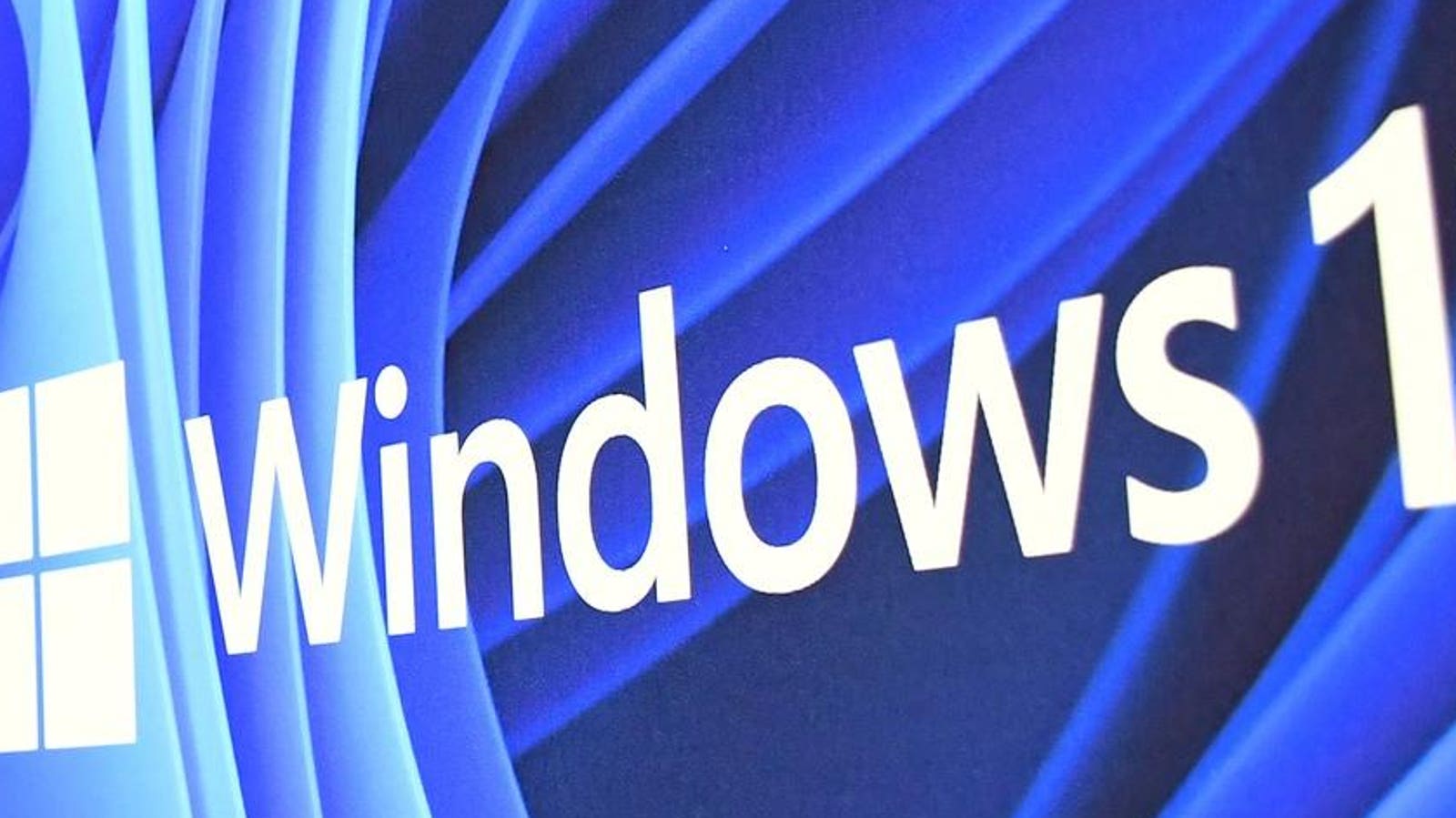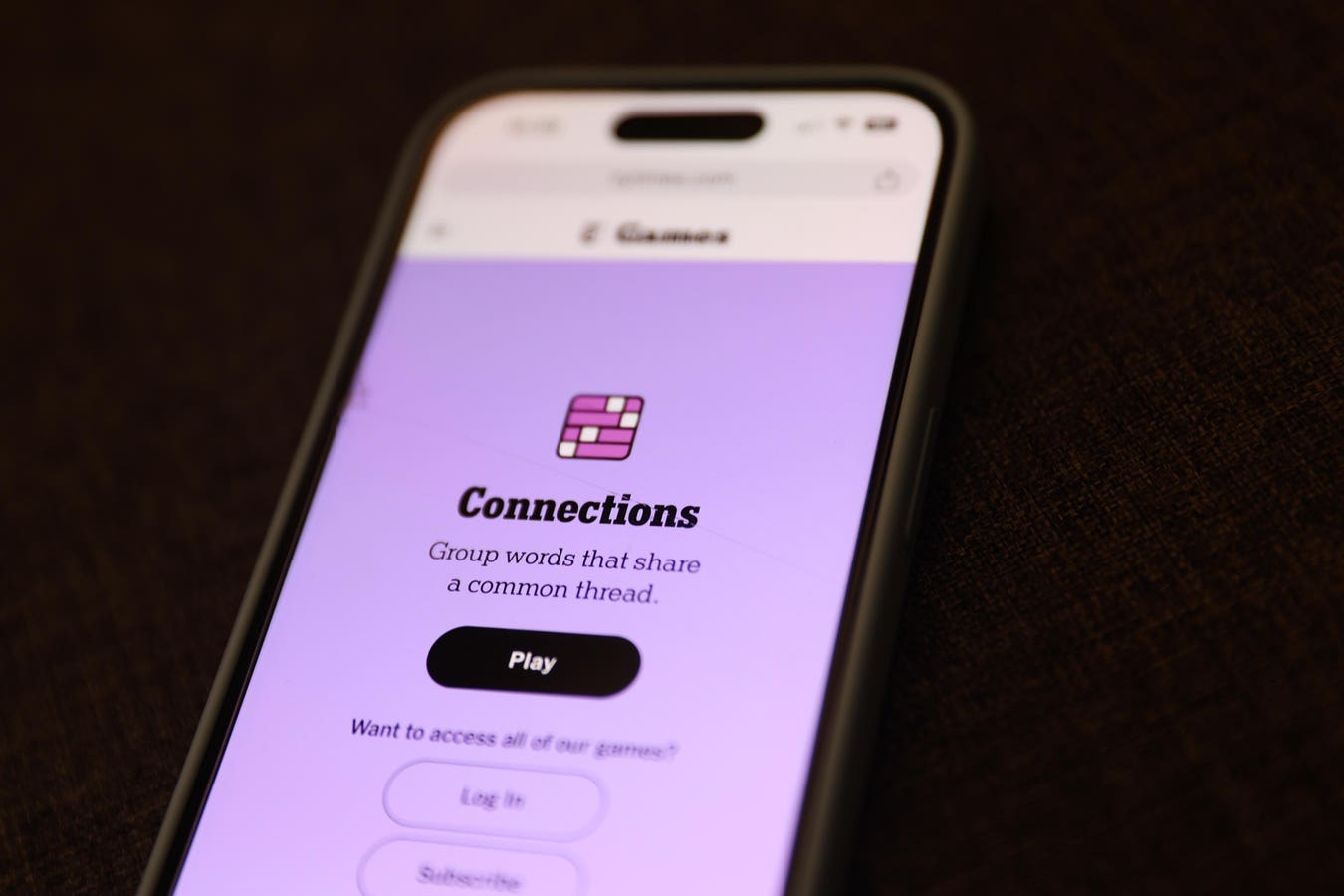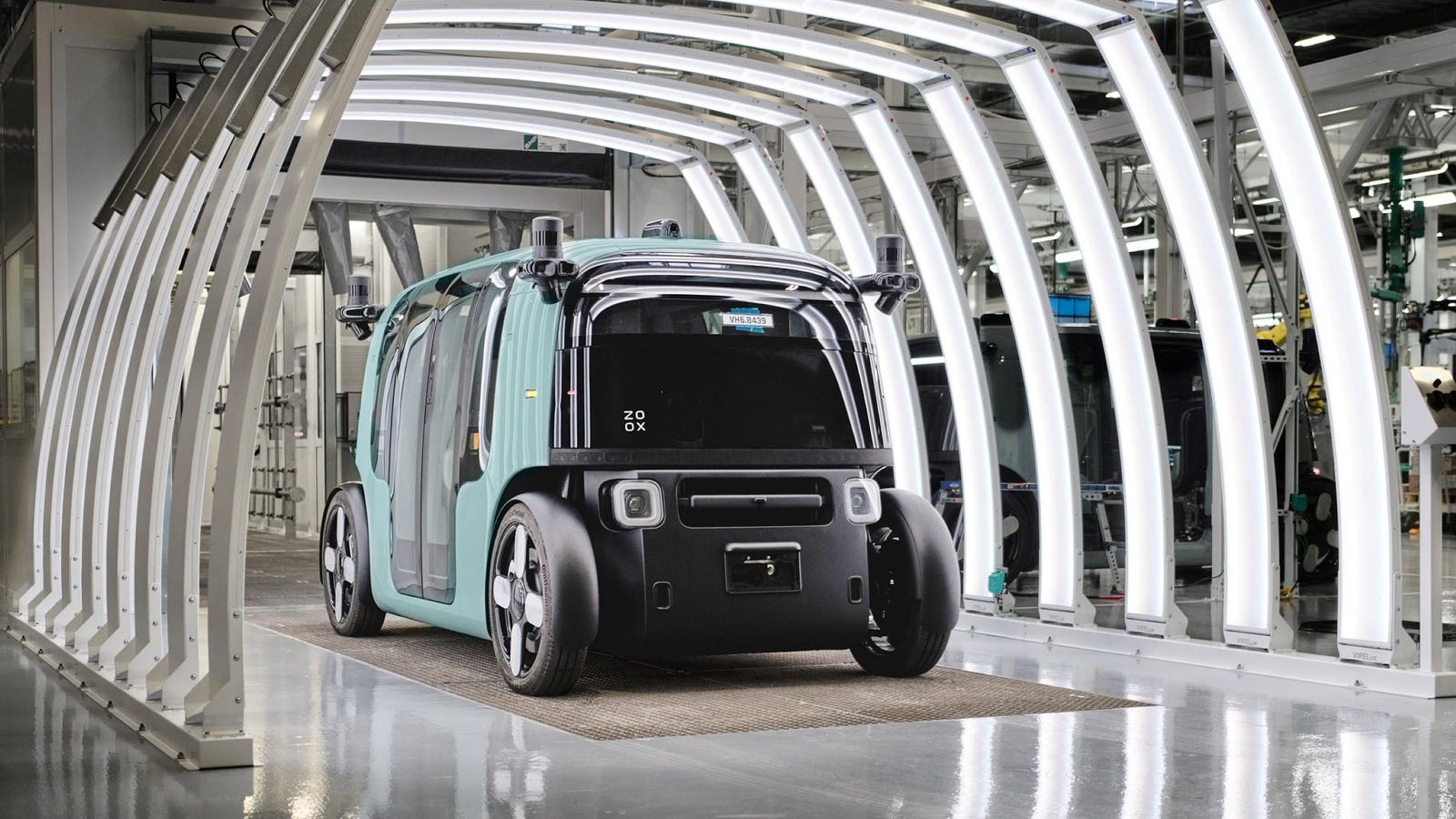“Everyone uses [AI], from design to operations, and it’s helped us unlock more time for what matters most: creative thinking,” Kelly Wearstler tells Forbes.
Daria Kobayashi Ritch
Los Angeles designer Kelly Wearstler has spent two decades converting maximalism into a growth engine. Now she’s channeling that force into Side Hustle, a commissioning-and-commerce platform that partners with artists across disciplines, releases unique pieces and tight editions, and publishes a parallel editorial layer—essays, studio films, sound, and scent—so each project lives on past opening night. It launched October 16 with Again, Differently, a by-appointment exhibition in an iconic Beverly Hills pool house once used by the Broccoli family to screen James Bond films, now reimagined as a gallery. The setting is intimate; the ambition isn’t. The IRL run ends November 16, while the digital twin keeps iterating with studio visits, process diaries, and custom soundtracks.
Call it well-timed arbitrage. While global art sales slid 12 percent to $57.5 billion last year, according to the Art Basel and UBS Global Art Market Report (April 2025), transactions actually ticked up 3 percent—energy migrating from the trophy tier to the credible middle, exactly where Wearstler is building. “Side Hustle is about breaking art out of the white cube and recognizing that inspiration doesn’t live in silos,” she tells Forbes. “We’re offering highly collectible works, yes, but alongside music, film, fragrance, and more.”
Nynke Koster’s monumental 90210 bench basks in a light-washed bay—modules, rhythm, scale: the platform’s repetition-as-ritual made tangible.
Paige Campbell
The opening coterie of ten multidisciplinary artists—Dozie Kanu, Nynke Koster, Leonor Antunes, Sam Klemick among them—was assembled for friction. Their otherwise divergent practices might not naturally share a room, but Side Hustle puts them in one—and the proximity throws sparks. She frames the method as anti-institutional: “We’re engaging creatives across disciplines and partnering on a project basis so they have the freedom to take real risks. Take Dozie. He isn’t interested in being boxed in as a niche artist; I’m excited to help him scale without compromising his voice.”
a by-appointment exhibition installed in Wearstler’s Beverly Hills pool house, newly converted for viewing.
Daria Kobayashi Ritch
Beyond mere interest in the intersection where art, design, music, scent, and performance all coexist, what the designer is really engineering is a new feedback loop. “Every piece we launch is a fresh idea, not a watered-down version for mass appeal. The goal is for each release to feel like a cultural moment—something singular and meaningful, not just another drop.” After years of speculation and flips, collectors are relearning that value accrues through circulation and conversation, not just auction results. Side Hustle doubles as the gateway: commission serious talent for both unique and editioned work, wrap each release in rich context, then let artists slide across media and scale without queuing at the usual velvet ropes. As she puts it, “deep collaboration, not transactions.”
“Artists today want freedom,” Kelly Wearstler tells Forbes. “Freedom to experiment, to evolve, and to collaborate with others who can help unlock new directions for their work. Traditional institutions often miss that.”
Paige Campbell
The apparatus around the show is distinctly post-gallery. “Before you even reach the commerce side, you enter Hustle Culture, an immersive digital platform that sets the tone with curated content, artist profiles, and behind-the-scenes editorials,” Wearstler describes. Jeffrey Deitch, former MOCA director and longtime Los Angeles power broker, contributes essays; Kenny Beats—the producer behind Vince Staples and Rico Nasty who turned beat-making into performance on Twitch—delivers an original score; and Perfumehead, the olfactory studio behind atmospheres for Byredo stores and avant-garde happenings, engineers the scent. Each element is built to travel beyond the room—and to lodge in memory.
Equally clever is how Wearstler turns her existing studio infrastructure into a competitive edge. The 65-person operation that designs hotels (most notably, several Proper Hotels) and manufactures furniture will now handle Side Hustle’s fabrication and fulfillment. Her 2.5+ million followers across platforms function as a built-in broadcast network, primed for the kind of sustained attention galleries struggle to generate. When she references the studio’s custom large language models, she isn’t talking about AI replacing taste; she means using machine learning broadly to accelerate research and prototyping while humans make the judgment calls. “The emotion and imperfection still come from us,” she says. “AI just helps us get there faster and go further.” Speed belongs to the algorithm; discernment stays organic.
The Hollywood mirror turns reflection into performance; its rippled frame recruits the garden itself into the composition.
Paige Campbell
Again, Differently treats repetition not as a tic but as a tool—iterative gestures, micro-variations, and returns that stack meaning with each pass. It’s also a mirror for the platform: Side Hustle runs like a product org, built on release cycles rather than one-off openings. Intrinsic to the process is what Wearstler calls Collected Works, which pushes the idea further by seating historical pieces beside new commissions, turning provenance into conversation rather than a pedigree parade. “Launching Side Hustle made me nervous in the best way,” Wearstler admits—a rare flicker of hesitation from someone long synonymous with conviction. But really, it’s the lane that’s shifting. The creator economy, according to Goldman Sachs’ 2023 report, is projected to hit $480 billion by 2027. Platforms like Substack, with more than 5 million paid subscriptions, have proven that niche authority scales when the distribution model supports it. WearstlerWorld, her popular editorial Substack, has already tested that theory. Side Hustle just codifies it.
Whether this translates into a viable commercial model remains to be seen, but Wearstler’s track record is built on making difficult taste feel like destiny. “Historically, there have been moments where these disciplines converged,” she shares. “I believe we’re on the cusp of another one, and [Side Hustle] could be the blueprint for how the next generation thrives.” The sweet spot between scarcity and scale was never a static point—it was an infrastructure problem. Now it’s a system. And Wearstler, characteristically, got there first.

